CONTACT US
Do you have any further questions? How can we help you? Get in touch with us.
Much has been written about the labor shortage in the United States since the recovery from the 2020 COVID-19 recession. According to the U.S. Bureau of Labor Statistics, as of May 2022 there were 11.3 million open jobs, and the number of unemployed has been hovering around 5.5 million people. The unemployment rate is currently 3.5%, which many economists consider being as low as possible considering the issues that keep people out of the workforce. Some attribute the U.S. labor shortage to the expense and unavailability of childcare, which has suppressed the labor participation rate. Others have pointed to a lack of training and unskilled labor. Some factor in mass layoffs in 2020, as many of those laid-off employees did not return to the workforce due to the fear of contracting COVID, among other issues.
Yet there is little to no coverage on the changing demographic of retiring Baby Boomers (1945-1965) and the lack of Generation X (1965-1979), Millennials (1980-2000) and Generation Z (2001-2019) workers to take their place. The latest generation, which we will call the “Coronials”[1] (2020-?) does not factor into this analysis. The number of U.S. live births since 1945 peaked in 1957 at 4.3 million and did not achieve that level again until 2007. During most of the 1970s and 1980s, live births stayed below 4 million per year while the population of the U.S. grew from 167 million to 329 million. It’s hard to fathom that the population of the U.S. essentially doubled over 50 years, but the number of live births per year dropped (except for 2017) over this same period. The Chart below, from Infoplease.com and the CDC, depicts a crude analysis based on gross numbers – which do not factor in deaths, life expectancy and other issues – but provide a general direction of trends.
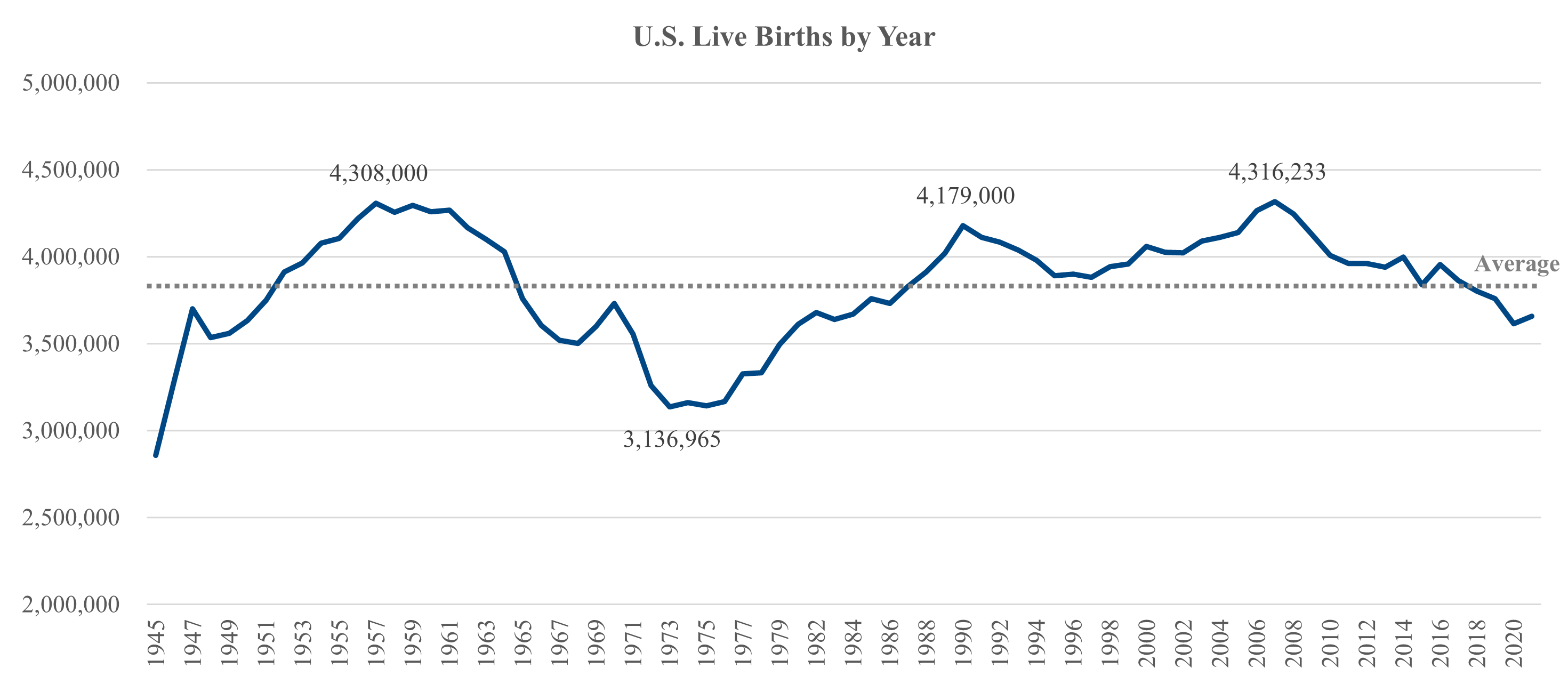
Figure 1: Infoplease’s U.S. live births by year [2]
Additionally, CR3 Partners conducted an analysis from 1945-2021 utilizing the age of 18 to enter the workforce and age 62 to retire. We then measured the number of people retiring beginning in 2013 against those entering the workforce. The difference between those entering the workforce and retiring stayed positive until 2014. At that point, the number of Baby Boomer retirees was greater than the number of Millennials entering the workforce. This trend stays negative until 2023. The chart below reflects the delta.
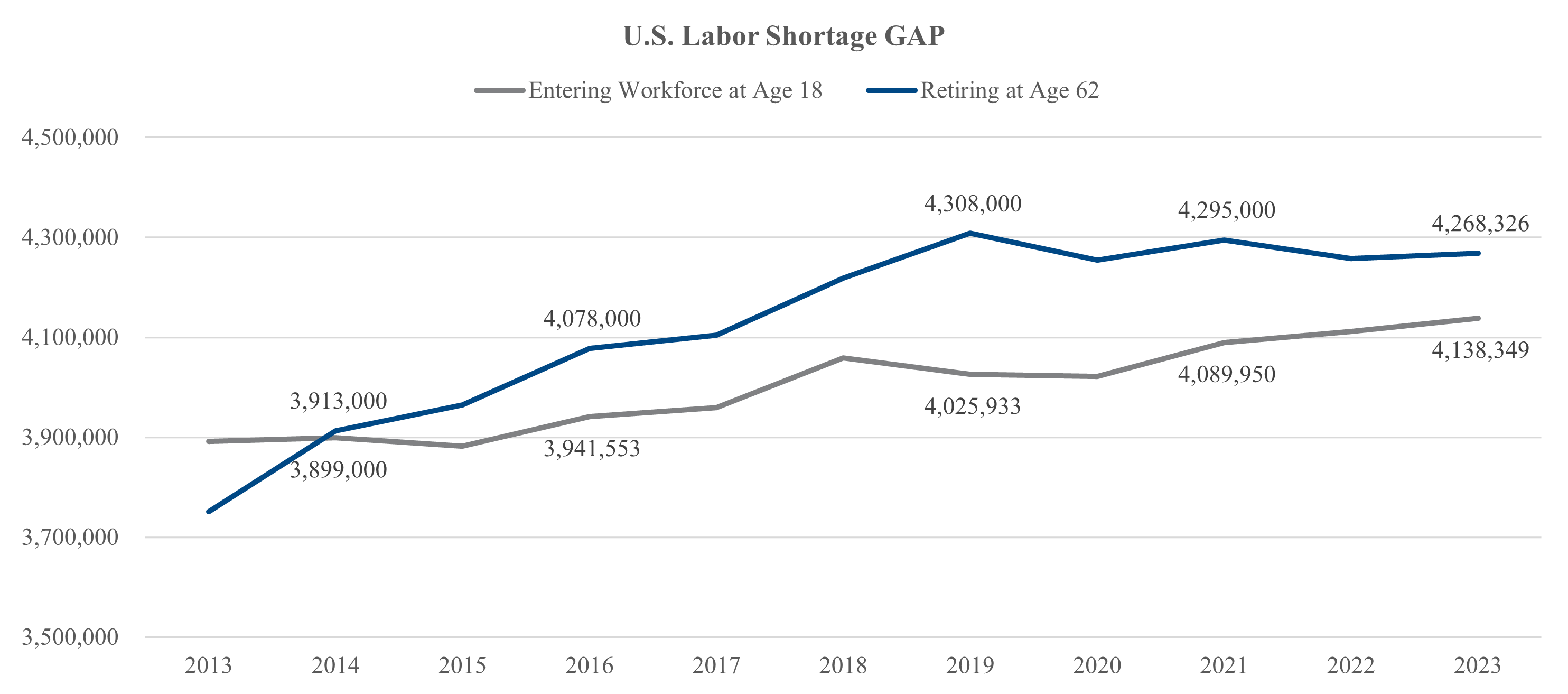
Figure 2: U.S. labor shortage GAP [3]
The number of 18-year-olds entering the work force surpasses 62-year-old retirees again in 2024 and continues until 2039, although over this 15-year period the increase of new entrants over retirees is only approximately 6.5 million. Since the COVID-19 recession, the number of open jobs in the U.S. has grown to 11.3 million, illustrating that the shortage of workers will continue for an extended period. As seen in the graph below, the growing number of U.S. job openings is correlated to the difference between incoming workers to retirees.
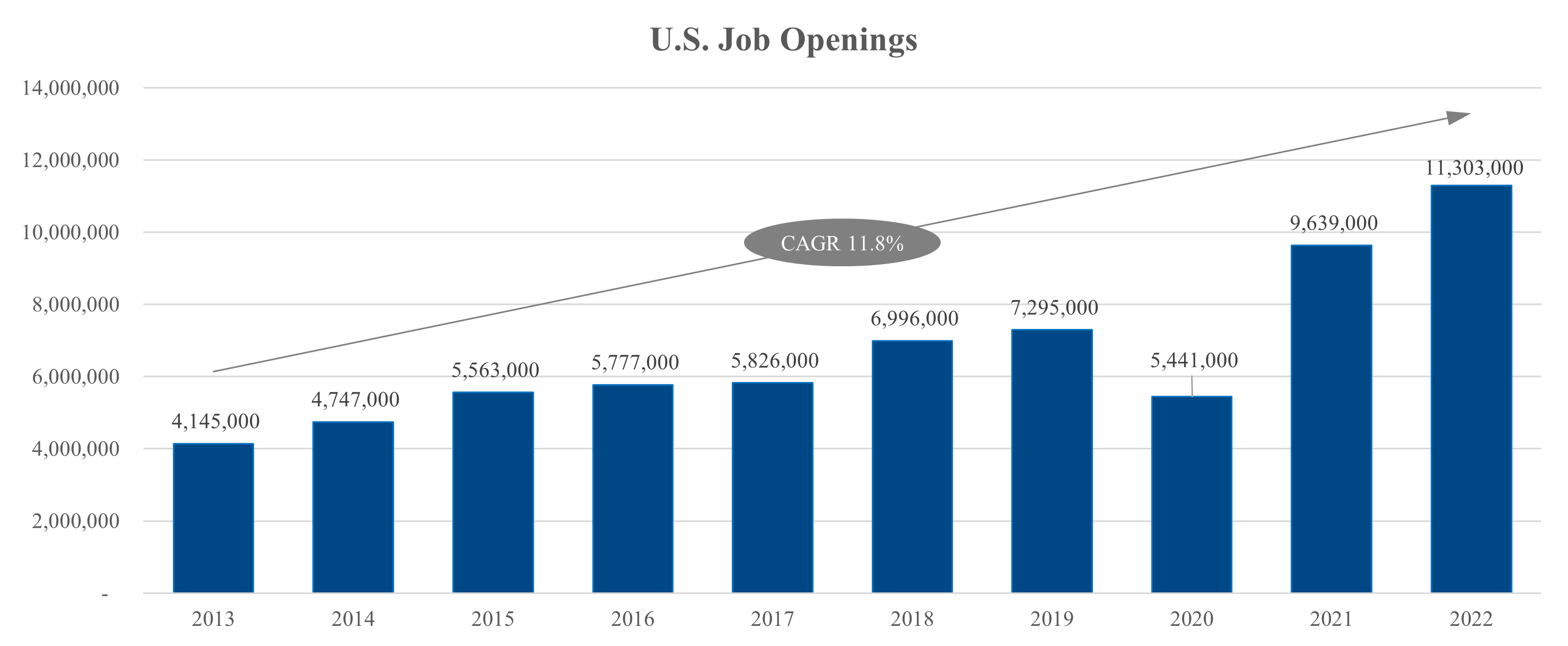
Figure 3: U.S. Bureau of Labor Statistics’ U.S. job openings [4]
There are several ways to remedy the labor shortage gap, including increased immigration, productivity increases, and job participation rate. The media are ripe with articles on these issues and after examining the data, they show negative movement on all.
The first remedy is to allow an increased number of immigrants into the U.S. to fill the gap.
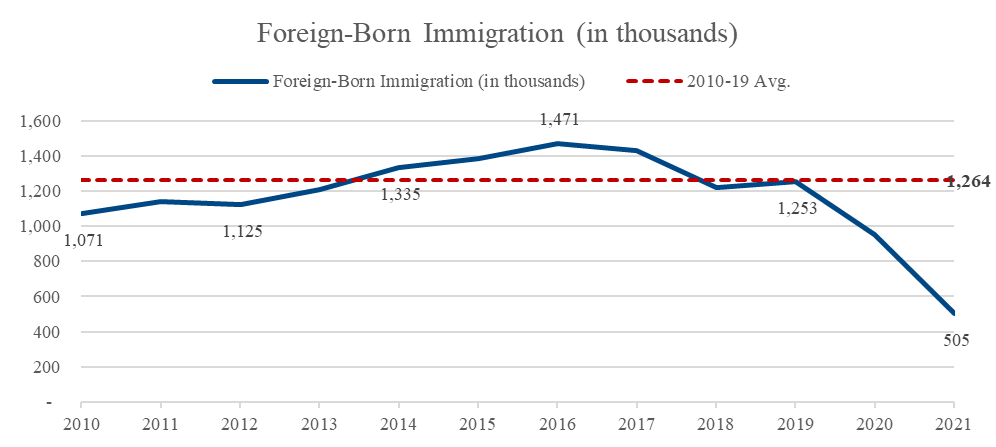
Figure 4: U.S. Census Bureau’s Foreign-Born Immigration [5]
Since 2017, the actual number of foreign-born workers in the U.S. is off the 2010-2019 trend. There has been a recent increase since the passing of the pandemic, although political pressure to establish a comprehensive immigration package has faded.
Another factor to consider is productivity gains. Productivity gains have improved since 2007-2019 but are not enough to eliminate 11 million jobs. Many of the open jobs are related to hospitality and trades (plumbers, electricians, carpenters, welders etc.) where productivity gains because of technology may not have an immediate impact.
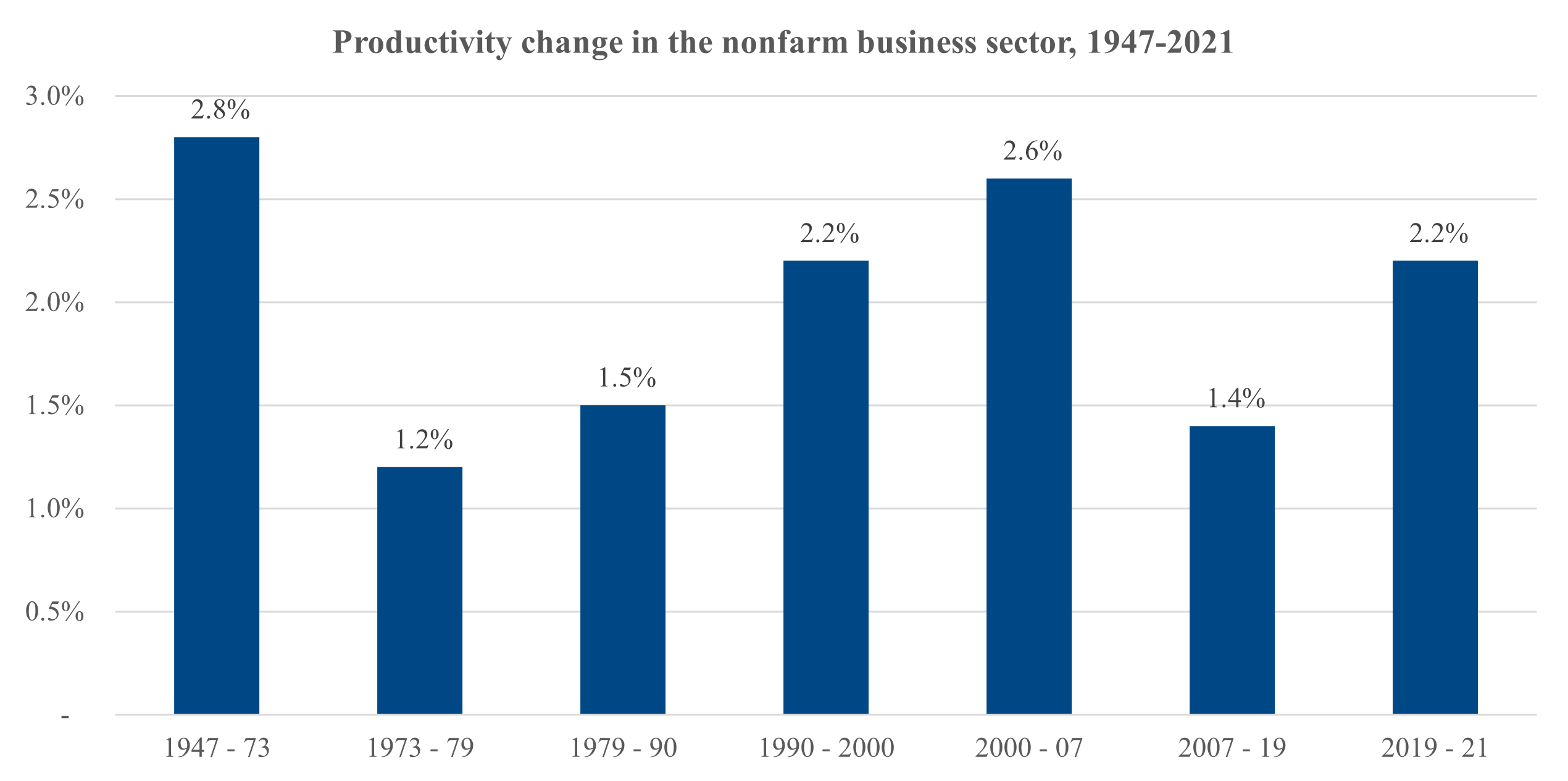
Figure 5: U.S. Bureau of Labor Statistics’ productivity change in the nonfarm business sector [6]
Workforce participation may be another factor that could help alleviate the open jobs dilemma. A workforce participation rate of 59.2% in 1950 has grown to over 62% today, although the trend since 2002 is downward. The declining workforce participation rate appears to be exacerbating the problem rather than helping.
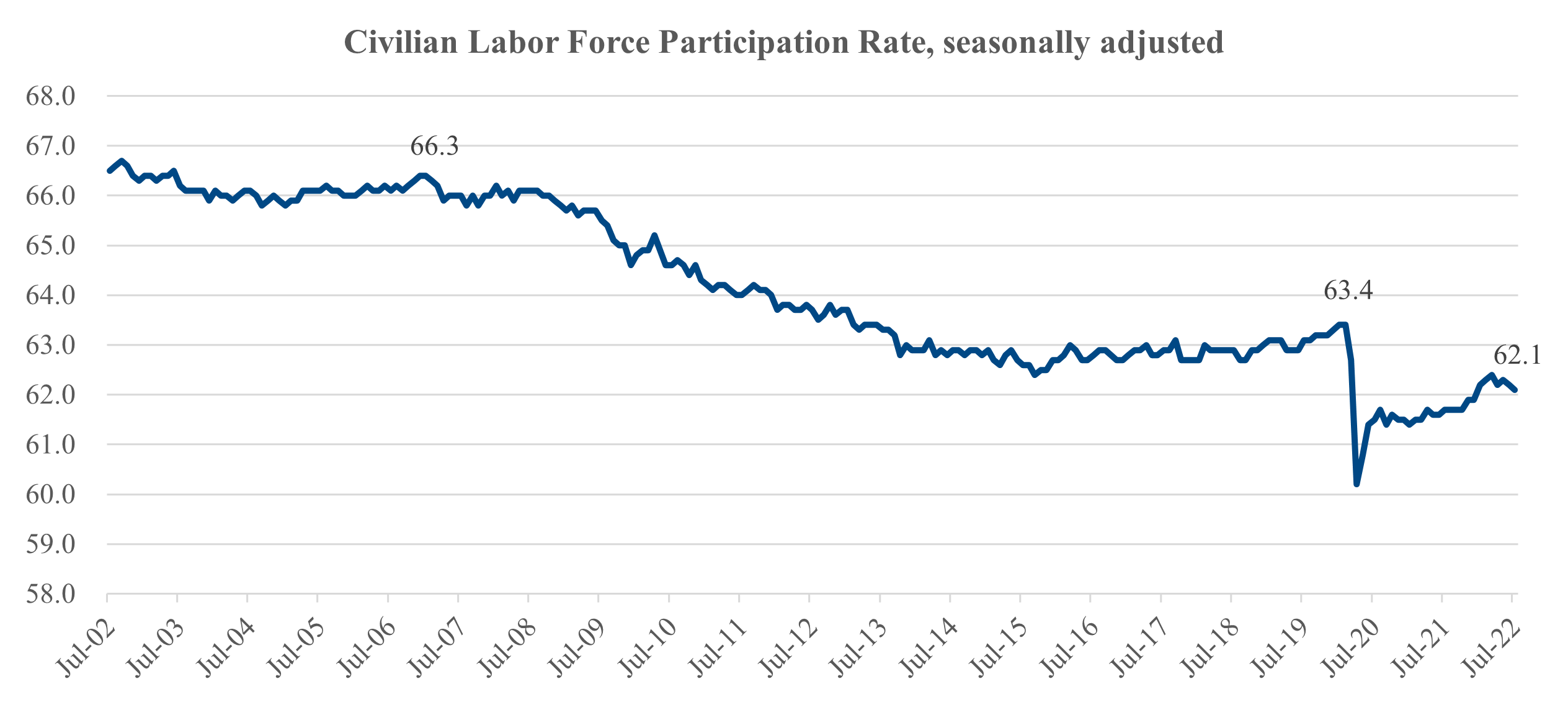
Figure 6: U.S. Bureau of Labor Statistic’s Civilian Labor Force Participation Rate [7]
The U.S. workforce has grown by over 100 million people from 1950 to 2020. The U.S. Bureau of Labor Statistics estimates that the U.S. workforce will grow by approximately 40 million from 2020-2050. The U.S. currently has approximately 11 million job openings, so taken together in the next 30 years, the U.S. needs to find 50 million workers. This is a tremendous gap to fill, especially considering declining birthrates, stagnant immigration, and productivity at or near historic levels. Below is a chart from BLS.gov.
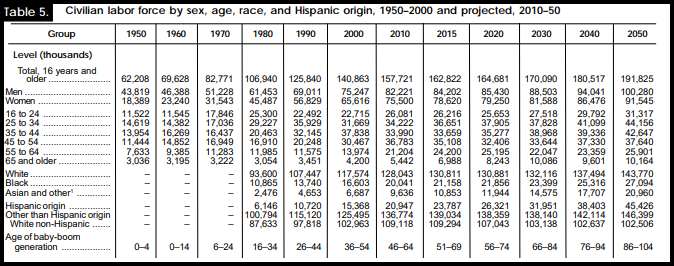
Figure 7: Civilian labor by sex, age, race, and Hispanic origin [8]
One of the fundamental challenges for companies today is the inability to hire workers. This plays out in everyday life when understaffed stores close early, product shortages occur, hotels have scaled back amenities, travel is more challenging, and poor customer service is trending towards the new norm. With unmet and persistent demand, the current generation of workers will likely realize greater pay and enhanced benefits. Consumers, willing to suffer poor service during the pandemic, will likely see the trends in service levels continue as the worker situation worsens.
Trends such as birth rates, worker participation, and worker productivity have not and will not change in short order and, in fact, are adding to the problem. One solution is to increase immigration. Voters should consider the need for a comprehensive immigration reform package to help remedy this labor shortage crisis. But politicians and populous are far from reaching any consensus or compromise on the appropriate approach to immigration reform. Skilled immigrants should be allowed into the U.S. immediately to fill open jobs. In addition, industries such as hospitality and agriculture have historically relied on immigration. Over a period of time, the shortage of workers will not likely be transitory and may even become chronic. Barring immediate action or a recession that devastates the job market, the U.S. population will need to accept poor service and limited growth.
CR3 Partners, LLC is a national turnaround and performance improvement firm that assists, guides, and collaborates with management teams and their constituents facing any sort of transition, opportunity, stress, or distress. William Snyder is a Partner based in the Dallas office, Miles Staglik is a Director based in the Los Angeles office, and Mark Kennedy is a Manager based in the Atlanta office.
[1] Merriam-Webster: https://www.merriam-webster.com/words-at-play/meaning-of-coronial-covid-kids
[2] Infoplease: https://www.infoplease.com/us/population/live-births-and-birth-rates-year
[3] Infoplease: https://www.infoplease.com/us/population/live-births-and-birth-rates-year
[4] U.S. Bureau of Labor Statistics: https://www.bls.gov/jlt/
[5] U.S. Census Bureau: https://www.bls.gov/news.release/forbrn.toc.htm
[6] U.S. Bureau of Labor Statistics: https://www.bls.gov/productivity/graphics/2022/graphic-1.htm
[7] U.S. Bureau of Labor Statistics:https://www.bls.gov/charts/employment-situation/civilian-labor-force-participation-rate.htm
[8] U.S. Bureau of Labor Statistics: https://www.bls.gov/opub/mlr/2002/05/art2full.pdf
Do you have any further questions? How can we help you? Get in touch with us.